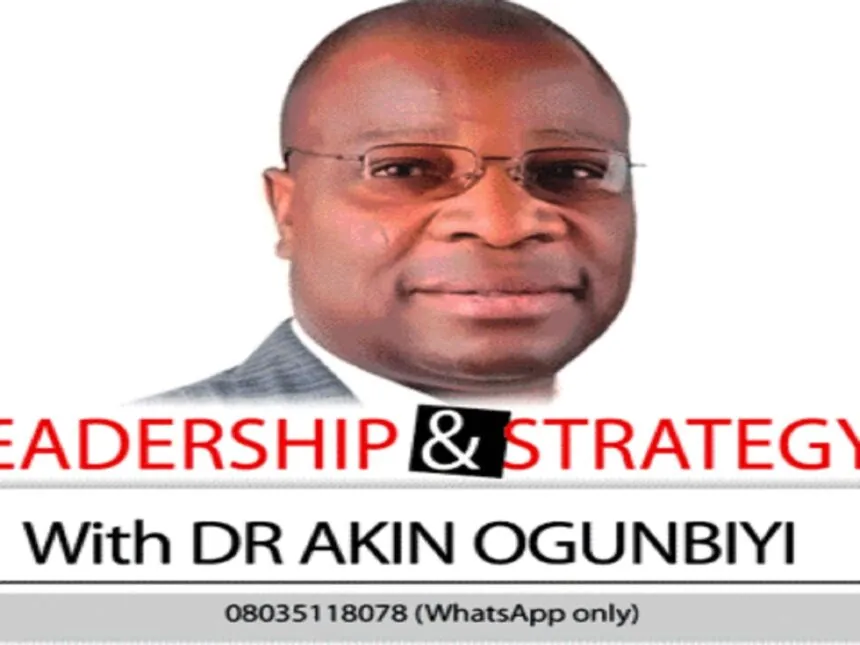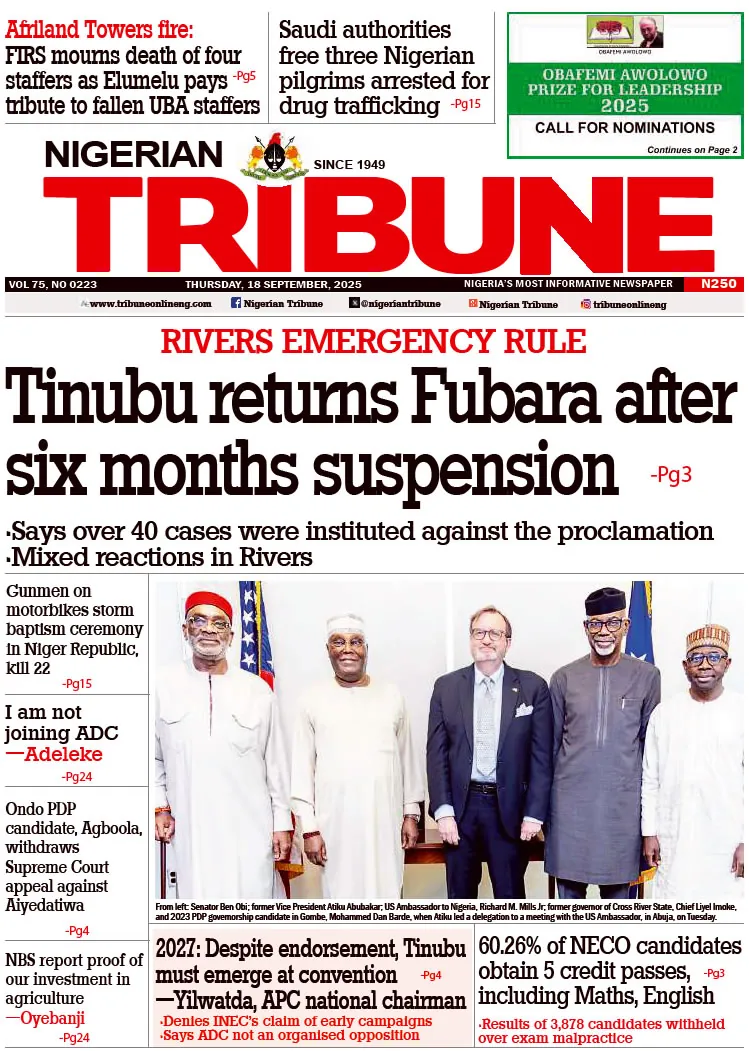In this article, I am going to try and answer a troubling question with simple and often taken-for-granted answers.
In consonance with my background as a Yoruba man from South West Nigeria, let me “paint” the context with folkloric, references (not superstitions) with the use of similes (metaphors) for clarity. We often allude to people who are not painstaking or attentive to details in performing a process as “someone who goes to the river to fetch water with a basket.” Also, a leader who is not ambidextrous or smart will not know that “the worm that is killing the plant is on (or in) the plant.”
Do you know that with same opportunities, potentials and resources, some great companies fail when faced with challenging economies (like what we are all going through presently) and some succeed and even, thrive? In other words, greatness is not a function of circumstance but a matter of simple and smart choices.
Growth is a process and not a goal. It cannot just be described as organic or inorganic. It is the consistent pursuit of regularly adaptable playbooks that will always guarantee expected outcomes.
An organisation’s growth strategy is an integrated and distinct business discipline that is purpose built. It must be “accessible” to leaders and other employees. With innovation and creativity, it must be regularly achievable. Smart organisations must achieve business growth, sustain business growth and improve tomorrow’s growth prospects.
The growth strategy must regularly bridge the gap between strategic planning, innovation disciplines and revenue generating processes, most importantly, sales (and marketing).
ALSO READ FROM NIGERIAN TRIBUNE: Why Tinubu is on state visit to Saint Lucia – Presidency
A great organisation will fail if it does not pay deserved attention to the fact that growth strategy must showcase the various colourations of a unified business process.
This strategic tool must comprehensively enable every employee. It is an integrated value chain framework. Also, it must be clearly defined and supported with adaptable workflows and information empowerment. Every employee in a smart organisation is a very important stakeholder.
An authoritarian, action-oriented and the always busy leader will fail to realize that success is not just simply getting the work done. The leader must guide the path for employees to contribute their best with their skill-set priorities.
A “courageous” leader unlike an authoritarian leader, will never exhibit over-confidence and ostrich biases. Also, he will shun the placebo, selective and survival biases. In addition, he avoids the divide-and-rule strategy with its “lasting scars” and micro management.
The courageous leader embodies empathy, strength and integrity. He equips and empowers those around him to achieve greater success in their deliverables and responsibilities. He is decisive, impartial and open to feedbacks. He, too, genuinely gives feedbacks of improvement, encouragement and support. All-hands-on-deck is his smart playbook.
For the value chain tool to adequately play its role, employees who are “owners” of growth activities must be supported and encouraged to contribute to overall value creation. Each employee as a stakeholder, must enhance efficiency, reduce costs and contribute his best to improving profitability. Employees’ strategic skills must be strengthened because their inputs contribute “dramatically” to organisation’s differentiation, market share and positioning. The leader must encourage and support execution at every level (from perceived smallest to biggest) in order to leverage value for business growth. The organisation must enjoy regular performance improvement on every value chain activity.
Another key area is the organisational culture. This encompasses shared norms, values, corporate language, behaviours, core values and strategic direction.
Organisational culture must align with company’s strategy, strategical direction and the growth imperative. The leader must enable an effective and adaptable organisation that prioritizes competition, performance and profitability. The organisation must be tomorrow-focused and task-oriented. A task culture encourages and supports the passion for excellence, team work, innovative problem solving and flexibility. The workplace must always speak the language that we must always be steps ahead of competition, satisfaction of customers and customer’s retention, performance improvement and revenue growth.
A purposeful lever for driving stability, staying competitive and enhancing growth in these challenging times is a holistic and value-driven engagement with customers. We refer to it as the outcome-based approach. Organisations must be strategic partners to their customers whether business to business (b2b) or business to customers (b2c). With measurable deliverables, you must contribute meaningfully to the partner’s bottom line, market share and competitive edge.
Organisations should no longer operate in the areas of “just features and functions.” It is “limiting”. The transactional model of selling can never be sustainable. It exudes negative energy and is always trapped by comparison and competing. It is never transformational. The outcome-based approach builds strong and lasting partnership. You personalize your offerings based on well thought-through evidence and deep insight. It is not just thinking a solution but providing a good fit.
Let me conclude with another drawback. It is lack of effective communication. It is a gradual “killer”. The entire workplace must understand the strategy and specific roles each employee must play in the execution. It is a two-way process that must be effectively managed. There must be no gaps between intended strategy and realised strategy.
Leaders must attentively listen to colleagues. It is an essential basic skill. Leaders must pay attention, clarify questions and rephrase answers to ensure understanding. Leaders must consider the points of view of colleagues. Continuous growth plan templates must be clear to all.
WATCH TOP VIDEOS FROM NIGERIAN TRIBUNE TV
- Relationship Hangout: Public vs Private Proposals – Which Truly Wins in Love?
- “No” Is a Complete Sentence: Why You Should Stop Feeling Guilty
- Relationship Hangout: Friendship Talk 2025 – How to Be a Good Friend & Big Questions on Friendship
- Police Overpower Armed Robbers in Ibadan After Fierce Struggle






